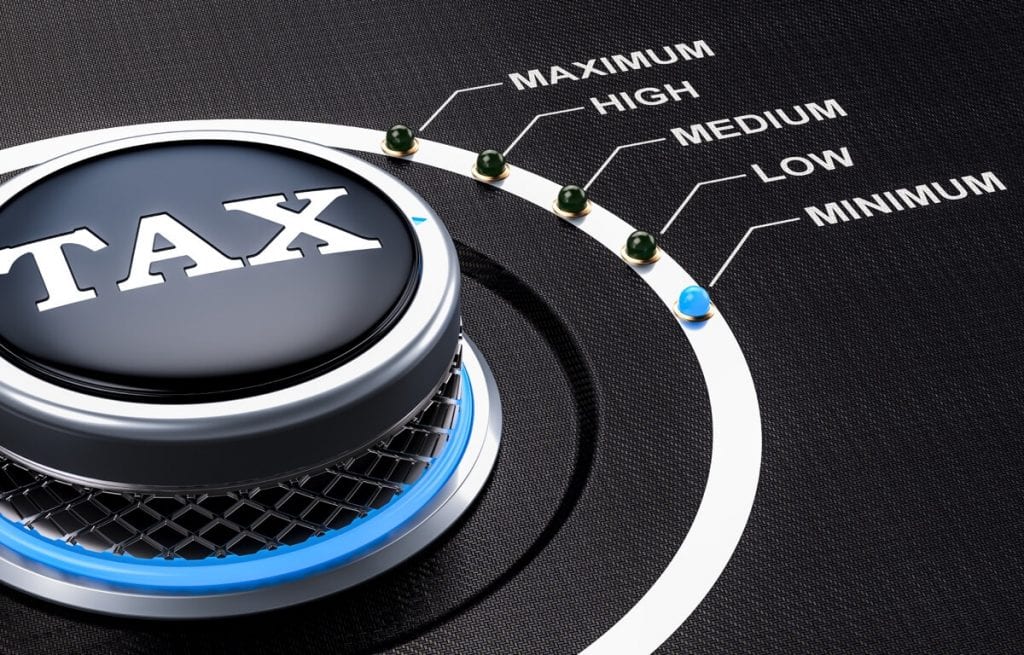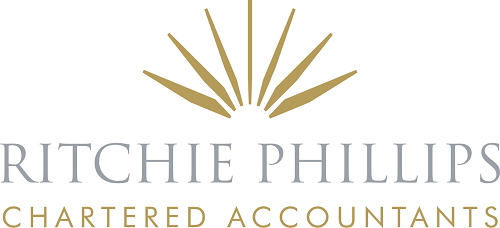The UK tax system is designed to promote savings and investment and so at this time of year, and as part of our ongoing series of posts about end of year tax planning, it is worth remembering the various and most tax efficient savings vehicles available to you.
Pensions
Pensions remain an extremely tax efficient method of saving for your future.

Lifetime allowance
The lifetime allowance is £1,055,000 for 2019/20 and is likely to increase in line with inflation in subsequent tax years. Certain taxpayers who have already funded their pension plans on the basis of the previous lifetime limits had the opportunity to apply for fixed protection to fix their lifetime allowance to the previous limit.
Applying for fixed protection means you will no longer be able to make any further contributions to your pension plans. If that is so, negotiation with your employer may be necessary to obtain a salary replacement in lieu of pension contributions.
Taking benefits from your pension scheme
Individuals can take income from their pension fund with no restrictions as to the amount withdrawn or the timings of those withdrawals. Taken to the extreme, you could take out the entirety of your pension scheme albeit at the expense of income tax at your marginal tax rate on the funds withdrawn in excess of the tax free lump sum.
The 25% tax free lump sum is well known, but under the new rules, you can continue to take the lump sum as before when first drawing benefits from your pension fund, or alternatively you can take 25% of every payment tax free, with the remainder being taxed at your marginal tax rate.
Certain lump sum payments from a pension fund can be made advantageously. The payment has to be made within two years of the individual’s death and be within the lifetime allowance. That means that where the deceased was aged 75 years or over, the beneficiary of their pension scheme will pay tax at their marginal rate of income tax as they draw money from the pension fund. If the deceased was under 75 years of age, no income tax is payable on the funds drawn by the beneficiary of their pension fund.
As an alternative, the lump sum payment can be made to a discretionary trust, sometimes referred to as a spousal bypass trust, to maintain flexibility within a family as to who benefits from the deceased’s pension fund.
Individual Savings Accounts (ISAs)
The government’s intention remains that ISAs should become your main savings vehicle with all income and capital gains escaping the charge to income tax and capital gains.
If you subscribe to the maximum annual allowance each year, you should accumulate a substantial investment fund over your lifetime. This will help sustain your lifestyle in retirement and can fund expenditure during your working career.

Normal ISA savings limit
In 2019/20 the overall ISA savings limit is £20,000.
Transferrable ISAs on death
The surviving spouse or civil partner will benefit from an allowance up to the value of their deceased spouse or civil partner’s ISA savings at the date of their death. This will be in addition to their normal ISA savings limit.
In some cases, this will represent a great opportunity to reduce income tax and capital gains tax liabilities by keeping a significant asset base in a tax efficient structure.
Funds within the deceased’s ISA will remain exempt from income tax and capital gains during the administration period such that there will be no tax change on income or gains to either executors or beneficiaries.
Tax Efficient Investments
There are a number of tax efficient investment schemes.

Enterprise Investment Scheme (EIS)
EIS gives you tax relief for investing in new shares in qualifying unquoted trading companies. The tax incentives for investing in companies qualifying for EIS relief are intended to compensate for the high risk of failure.
The tax reliefs are:
- EIS income tax relief at 30% on up to £1million invested provided the shares are held for at least three years.
- This limit increases to £2million if at least £1million of that is invested in “knowledge intensive” companies.
- The possibility of carrying back the tax relief to the previous tax year.
- Further tax relief if the investment is disposed of at a loss or the company fails.
- Capital gains on EIS qualifying shares escape capital gains tax if the investment is held for three years.
- Capital gains of any size from the disposal of any assets can be deferred by reinvesting into EIS qualifying shares, providing reinvestment is made in the period one year before and three years after the date of disposal. The gains deferred become chargeable when the shares which qualify for EIS relief are sold.
In a climate of increasing tax rates, you will need to consider whether it is in your best interests to defer a capital gain currently taxable at up to 28% to a later tax year when an increased tax rate might apply.
Seed Enterprise Investment Scheme (SEIS)
SEIS was introduced for shares issued in small start up companies less than two years old.
The tax reliefs are:
- SEIS income tax relief at 50% on amounts invested up to £100,000 provided the shares are held for at least three years.
- The possibility of carrying back the tax relief to the previous tax year.
- Capital gains on SEIS investments escape capital gains tax if the investment is held for three years.
- Further tax relief if the investment is disposed of at a loss or the company fails.
- Capital gains on the disposal of any asset can be made 50% exempt by reinvesting the gain in qualifying SEIS shares provided the investment is made in the same tax year as the disposal.
The potential for 50% tax relief (or up to 78% tax relief if you have realised capital gains in the current year) should make SEIS attractive to individuals who wish to back potentially high growth businesses in the UK.
Venture Capital Trusts (VCTs)
VCTs are quoted investment trusts that invest in a range of small trading companies.
The tax reliefs are:
- Income tax relief at 30% on up to £200,000 invested in a tax year.
- No capital gains tax on disposal of the shares in a VCT if the shares are retained for five years.
- Dividends are tax free.
The tax incentives are again intended to compensate for the high risk of failure.
Investment risks
It is important to remember that EIS, SEIS and VCTs are all high risk investments, highly illiquid and difficult to realise other than in accordance with the intended exit route, if indeed one is available or permitted at the time of investment.
If you’d like to know more about how Ritchie Phillips can assist with your end of year tax planning and tax efficient savings vehicles, please contact us.
